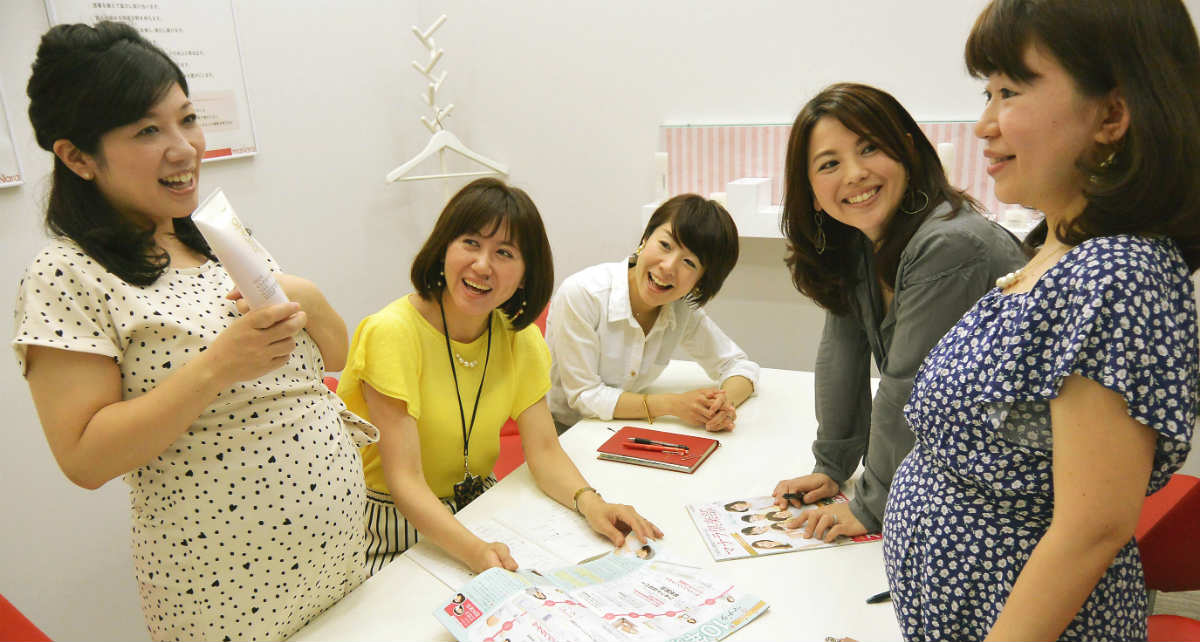
Will IVF turn around Japan’s declining population?
Five percent of Japanese babies are due to IVF – one of the highest rates in the world. Still, according to The Economist, “No country resorts to IVF more than Japan—or has less success”.
Japan’s population is less than half of the US, but it has a third more fertility clinics.
Fewer than 10% of IVF treatments succeed, says Yoshimasa Asada, a fertility specialist, and the proportion is falling. “We have the world’s highest IVF numbers and the lowest success rate,” he told The Economist. “It’s an embarrassment.”
Many factors are at play. Japan’s unique social standards play a role. Both men and women work punishing hours; women marry late; few have babies out of wedlock. About 40% of women who undergo IVF do so in their 40s, twice as many as in Britain or France.
The woes of IVF treatment have to be seen against the crisis of an ageing society. The number of Japanese babies born each year fell below 1 million for the first time in 2016. The total fertility rate was 1.44, far below replacement level, and far from the goal of 1.8 by 2026 set by Prime Minister Shinzo Abe. This already assumes that Japan’s population will decline by one-fifth, from 127 million to 100 million by 2060.
The government offers subsidies for IVF, although it is not available under the public health system. The IVF industry is trying to sell the idea that a better-run IVF system could arrest population decline. The head of a Danish company which sells IVF products told The Economist that “with better guidelines and more financial aid Japan could produce an extra 300,000 babies a year. That is roughly the number by which deaths currently outstrip births”.
- How long can you put off seeing the doctor because of lockdowns? - December 3, 2021
- House of Lords debates assisted suicide—again - October 28, 2021
- Spanish government tries to restrict conscientious objection - October 28, 2021
